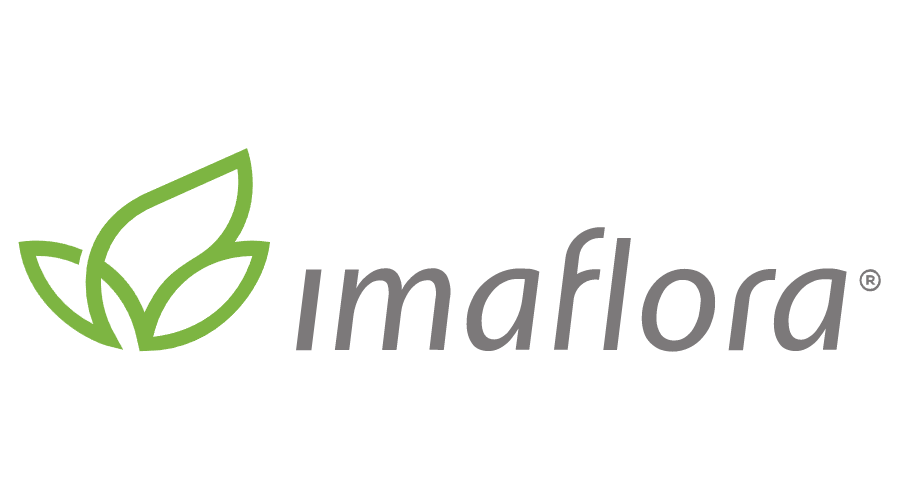
The MapBiomas Collection 8 of Brazil's annual maps of land cover and land use covers the period from 1985 to 2022 on a 30 m spatial resolution. This new collection has some improvements in accuracy in the biomes and two new classes (Floodable Forest and Palm Oil), mapping 29 classes.

Deforestation and secondary vegetation growth data for all Brazilian biomes from 1987 to 2021, including classification between native vegetation types and successional stage - primary or secondary native vegetation.

New data published on the evolution of industrial mining and mining areas from 1985 to 2022.

Check out new features and layers of information, such as the evolution of the irrigation area and the evaluation of pasture quality in Brazil.

Os dados da Coleção 3 do MapBiomas Fogo apresentam os impactos do fogo sobre o território nacional ao longo de 38 anos (1985 e 2023), com dados anuais, mensais, frequência e área queimada acumulada.

Apesar do aumento da superfície de água em 2022, os dados da Coleção 3 do MapBiomas Água entre 1985 a 2023 indicam tendência de perda de superfície de água em todas as regiões hidrográficas do Brasil.








































